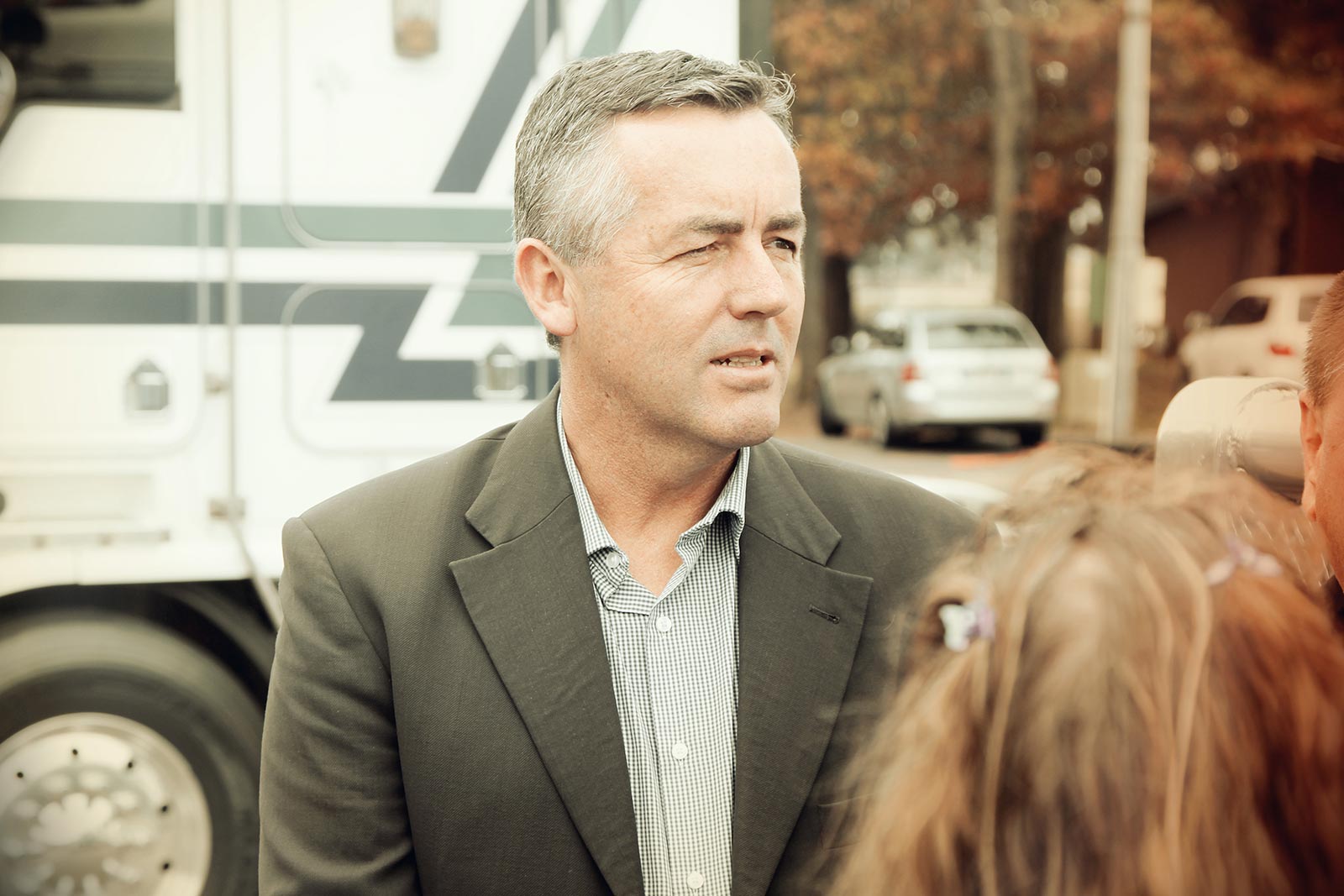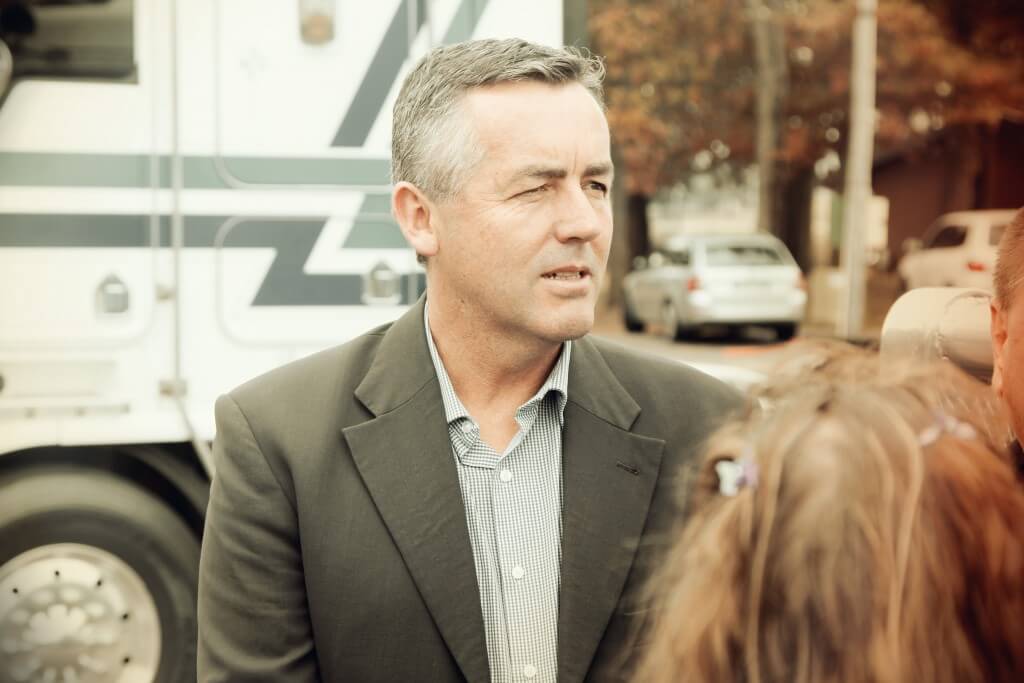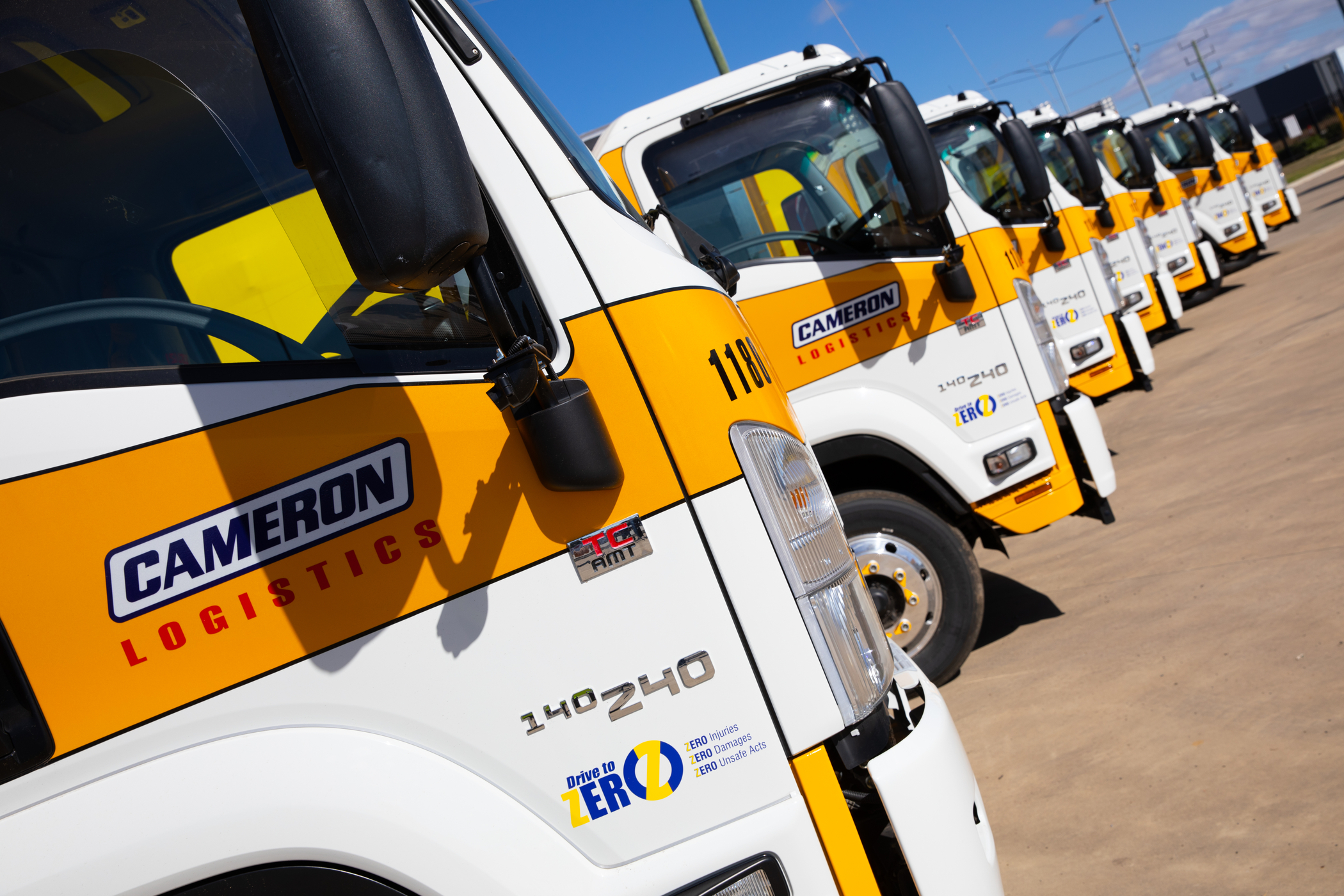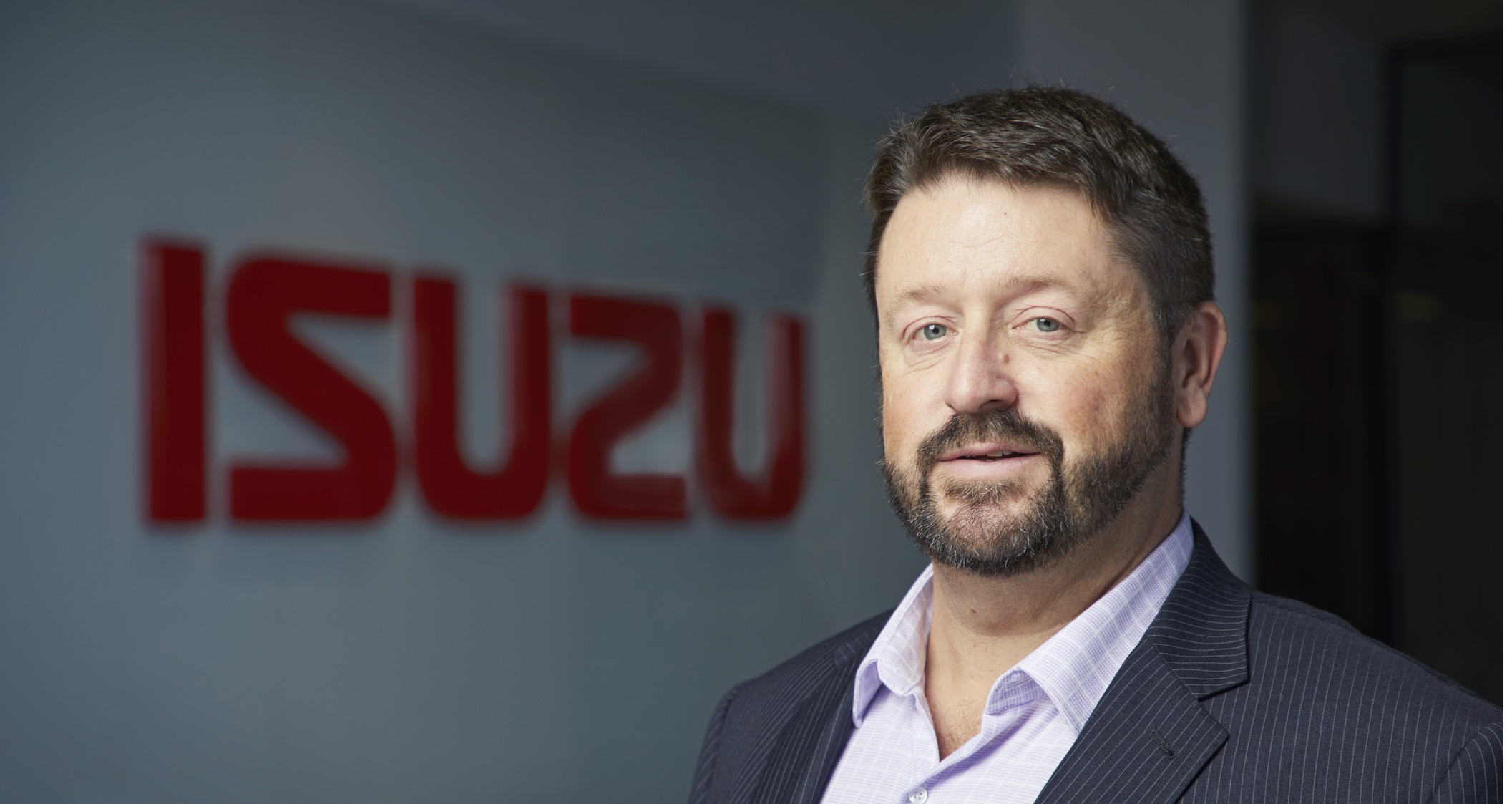Q&A WITH TRANSPORT MINISTER DARREN CHESTER

 Nationals MP Darren Chester was elected to Federal Parliament as the Member for Gippsland back in 2008. Re-elected in 2013, he continued as the Assistant Minister for Defence and, in February this year, was appointed to Cabinet as the Federal Minister for Infrastructure and Transport.
Darren oversees a challenging portfolio to say the least. Be it air, road, rail or sea, overseeing Australia's transport logistics means his days are seldom dull. We stole a few moments of Darren's valuable time to talk all things road transport in 2016 and beyond. From road safety efforts in Queensland to robotic trucks on our roads, Darren gives us his take on the state of play after nearly 8 months in the job.
Nationals MP Darren Chester was elected to Federal Parliament as the Member for Gippsland back in 2008. Re-elected in 2013, he continued as the Assistant Minister for Defence and, in February this year, was appointed to Cabinet as the Federal Minister for Infrastructure and Transport.
Darren oversees a challenging portfolio to say the least. Be it air, road, rail or sea, overseeing Australia's transport logistics means his days are seldom dull. We stole a few moments of Darren's valuable time to talk all things road transport in 2016 and beyond. From road safety efforts in Queensland to robotic trucks on our roads, Darren gives us his take on the state of play after nearly 8 months in the job.
You’ve spoken about your fears that Australia has become complacent about the road toll, what makes you say that?
We’ve almost become accepting of the fact there's a price to pay for a modern transport system, and that we’re prepared to pay it in the order of about 1,200 lives per year. This shouldn’t be the case. As a nation, and as federal and state governments, we need to get better at finding new ways to reduce road trauma.What do you think governments at both a state and federal level should do to tackle the road toll?
My view is that we need to look at the road safety system as a whole – which means safer drivers, in safer vehicles, driving on safer roads. Instead of focusing too much on enforcement, or relying too heavily on TV advertising in addressing driver behaviour, we need to treat each component equally.Analysis of the most recent data set from Safe Work Australia found that transport and logistics is still the nation’s second most dangerous profession, why do you think that is?
The statistics show the transport industry is a dangerous profession, however the annual death toll for heavy vehicle crashes has decreased by about 19 per cent, despite our freight tasking increasing. What is often forgotten is that, in most cases, it’s not the heavy vehicle driver at fault in crashes involving trucks and light vehicles.We’ve seen the benefits of the federal government’s work on Queensland’s Bruce Highway, which has already shown a drop in the annual fatality rate from 55 to 17 after what you called "quite simple engineering solutions". Are there plans to enact more of these initiatives elsewhere? How do these solutions benefit truck drivers especially?
The Bruce Highway upgrade includes new overtaking lanes and wider white lines in the middle of the road to create a gap between two lanes of traffic. This is in addition to the “wire rope barriers”, which are also an effective safety measure. The Federal Government has continued its ongoing investment in the Heavy Vehicle Safety Productivity Program (HVSPP), which is providing new rest stops, upgrading dangerous intersections and improving roads.You’ve spoken before about reducing the average age of the Australian heavy vehicle fleet from 14 years for safety purposes. What do you believe can be gained from this?
This comes back to our safe-systems approach of getting drivers in safer vehicles that have better technology, greater efficiency and require less maintenance. The flow-on from this not only benefits heavy vehicle operators, but it also reduces insurance and health costs.Do you think autonomous trucking could be part of the solution to Australia’s driver shortage?
Australia will continue to require a professional workforce of drivers in the freight and logistics industry into the future. Autonomous trucking may initially be limited to certain roles, and will need to overcome a number of challenges. These include making sure that new technology is safe and reliable, that our infrastructure is able to support autonomous trucks, and that the community is willing to accept any changes.How do Australia’s road regulations need to change to facilitate autonomous trucking?
In the future we may need to clarify who or what is in control of an automated vehicle or redefine the concept of ‘driver’ in legislation. The National Transport Commission (NTC) is currently developing policy recommendations that it will submit to transport ministers in November to help inform next steps.As the freight task grows, how will Australia’s roads need to change to accommodate the potential influx of trucks?
The Australian Government will continue to make targeted investments to improve our economy's productive capacity. For example, the investment in the Bruce Highway will keep the supply chain moving, including in wet weather, while our investments along the Pacific Highway will see duplication complete by 2020. Transport Ministers have also agreed to improve access networks for B double heavy vehicles on the national key freight routes, allowing the use of more high productivity vehicles without the need to apply for a permit. Find out more about Isuzu’s Intelligent Truck, discover the latest in truck features, safety and technology.


Playtime’s over, get $3,500* to spend on extras.
If you’re ready to get serious about tackling bigger jobs, grab yourself an NLR 45-150 AMT SWB Traypack from the Ready-to-Work range for $62,990 drive away*. And to prove we aren’t playing, buy any NLR Traypack before June 30 and you’ll get $3,500* to spend on genuine accessories or an Essentials service agreement.
Learn more



